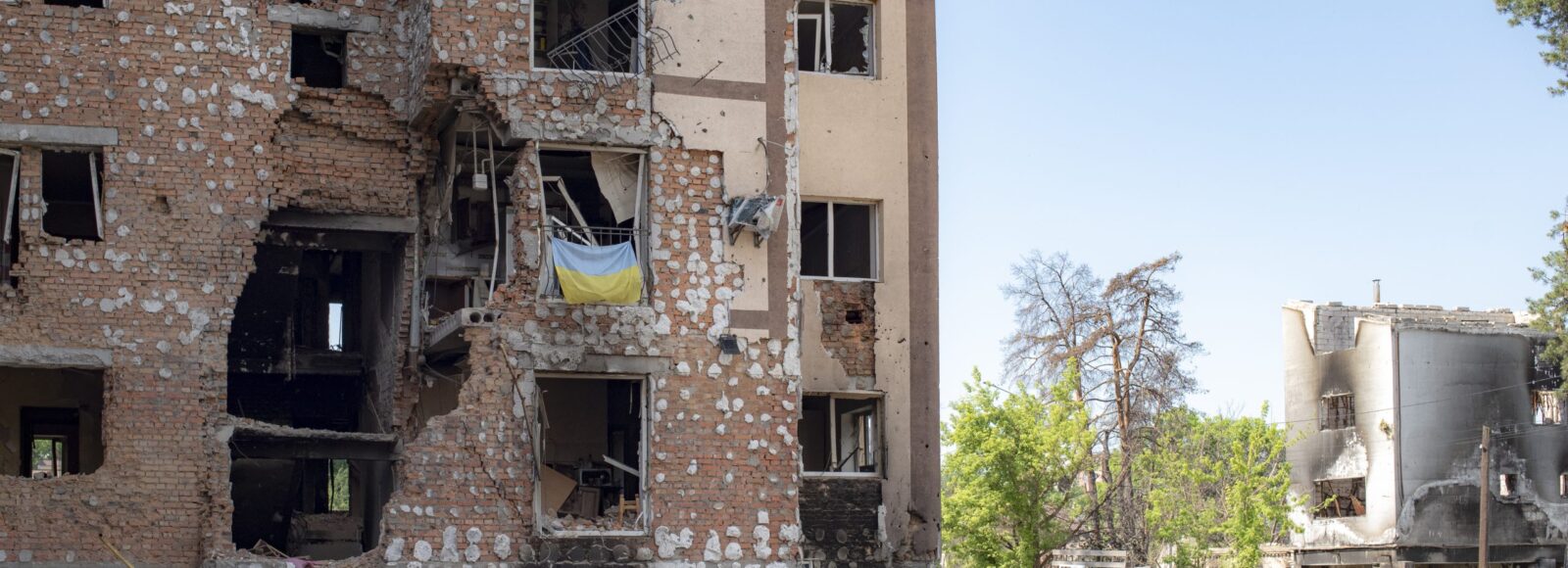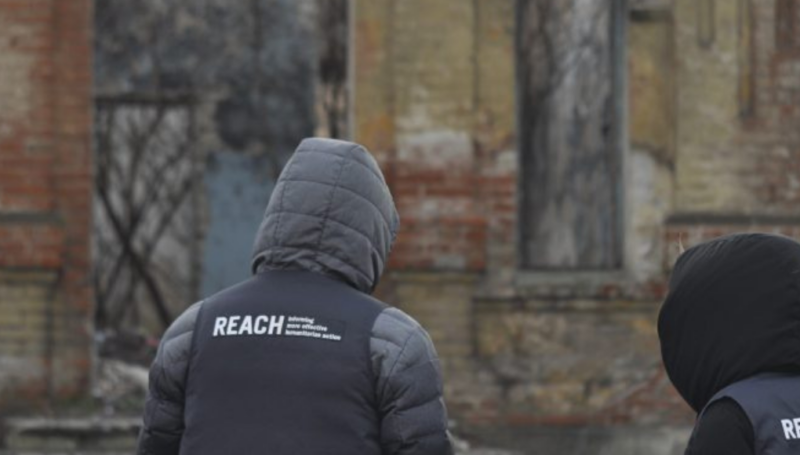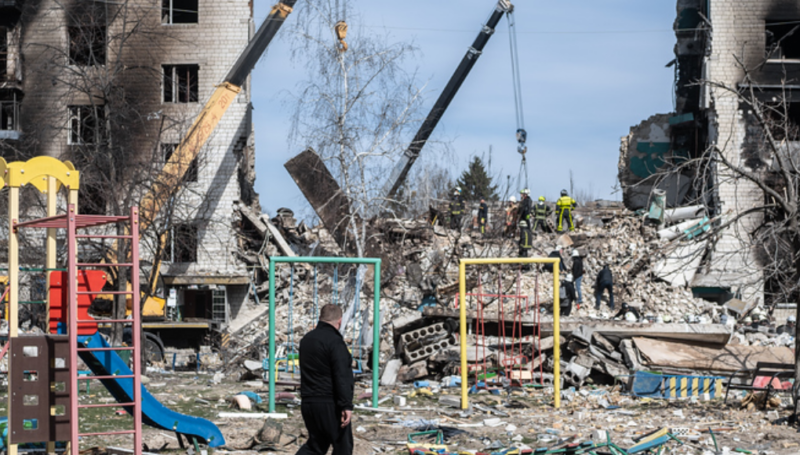While more than 7 million Ukrainians have left the country since the start of the conflict, those left in Ukraine are in the midst of a harsh winter, facing extreme cold conditions. As temperatures continue to stay below zero in most parts of the country, any functioning infrastructure is crucial to get Ukrainians through the depth of winter.
Ukraine is already feeling the impact of destroyed and damaged infrastructure, as scheduled blackouts were introduced in many parts of the country to mitigate the power shortages. Due to the interconnectivity between essential utilities, electricity shortages can have a cascading effect, disrupting households’ ability to heat their homes and access water. These freezing temperatures could also worsen already damaged infrastructure and lead to the inability to repair damages, putting populations at further risk. Prior to the dropping temperatures REACH conducted a Cold Spot Risk Assessment to inform winterization processes. By identifying geographic locations of ‘Cold Spots’, where extreme cold conditions compound with susceptibilities and lack of coping capacities, findings helped identify where populations would be most impacted by winter conditions.
KEY FINDINGS:
- Overall, the analysis found cold spot impacts would likely be most severe in eastern areas of the country. The high exposure to severe winter hazards and vulnerabilities compounds particularly in Kharkivska, Dnipropretrovska, and Donetska oblasts (Cold Spot Index (CSI) = Very High).
- In western areas, raions within the oblasts of Vinnytska, Khmelnytska, and Zhytomyrska recorded the highest Cold Spot Index, falling under the category ‘High.’
- Findings suggest proximity to hostilities have diminished households’ ability to cope with winter conditions. Looking at the analysis of indicators per group, lack of coping capacities was highest in the eastern and southern regions, specifically in areas along the present or historic line of conflict. Additionally, areas with high conflict incidences and infrastructure damage, such as newly liberated raions, recorded a severe lack of coping capacities. Notably Bohodukhivskyi (CSI = 4.8), Kharkivskyi (CSI = 4.8), and Chuhuivskyi (CSI = 4.8), raions with the highest Cold Spot Index values in Ukraine and which likely need specific winterization assistance.
- Vulnerable populations are also some of the most exposed to winter hazards. Kharkivska and Dnipropetrovska oblast in particular saw ‘Very High’ winter hazards compounded with areas of high susceptibility – which assesses susceptibilities to winter conditions across Ukraine including criteria such as IDPs populations, proportion of older persons within oblasts’ population, and household income.
MOVING FORWARD
As the situation in Ukraine evolves, so will the overall capacity to cope with cold temperatures. Now that the assessment has established a baseline country-wide cold spot risk analysis, it is essential to improve data availability and data quality of groups vulnerable to winter conditions. REACH is currently preparing a vulnerability assessment specific to winter conditions in the highest identified Cold Spot Risk areas. Aim is to assess winter-specific vulnerabilities, and the impact of cash assistance on reducing those vulnerabilities during the depth of winter. It further strives to gain insights and collect data on those groups which were under or not represented in available data sets prior to the start of winter (e.g. identifying household with members specifically vulnerable to cold temperatures like children or older persons). Following the publication of the Cold Spot Risk Assessment, REACH developed an interactive story map based on the analysis and included case examples from Kharkiv City (Highest Cold Spot Index) and Dnipro City (Very High Cold Spot Index).









